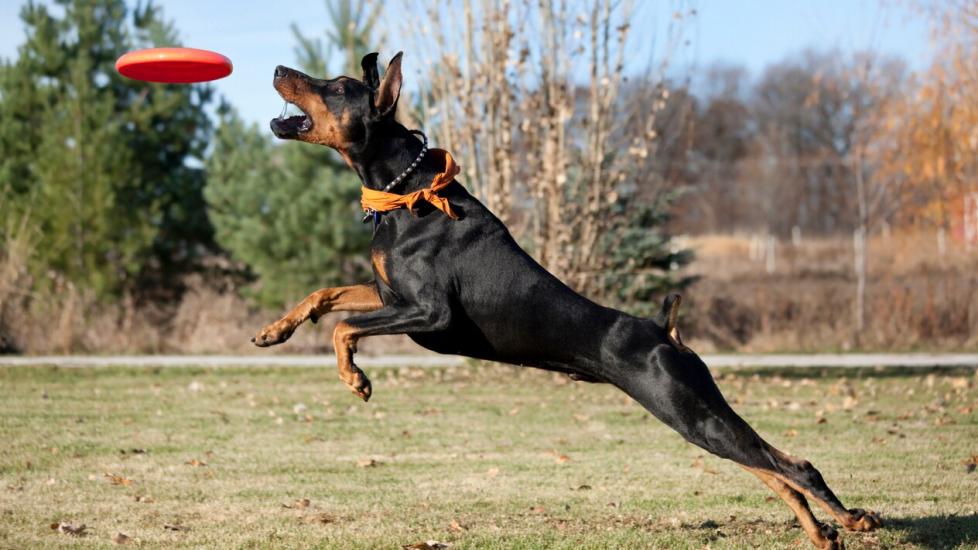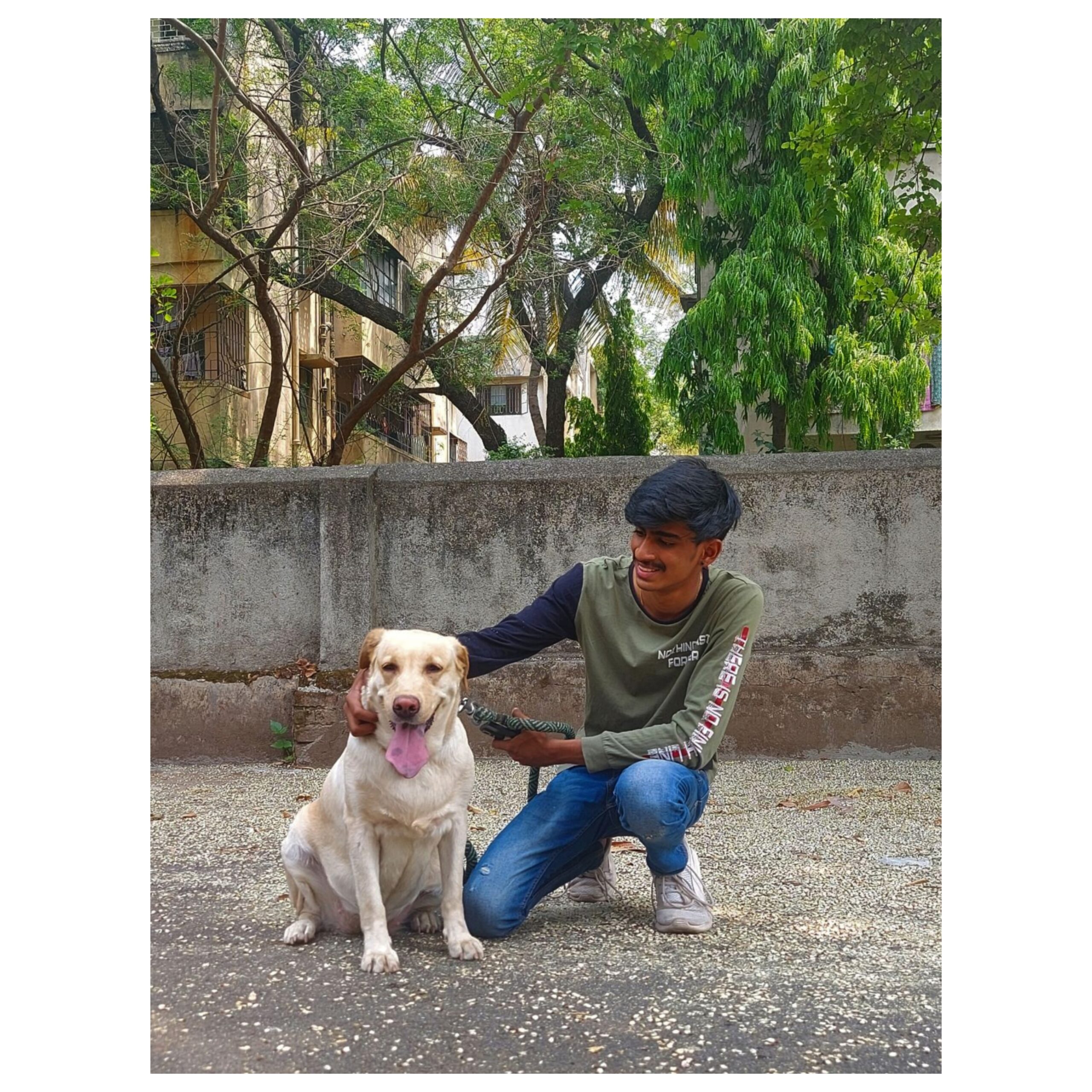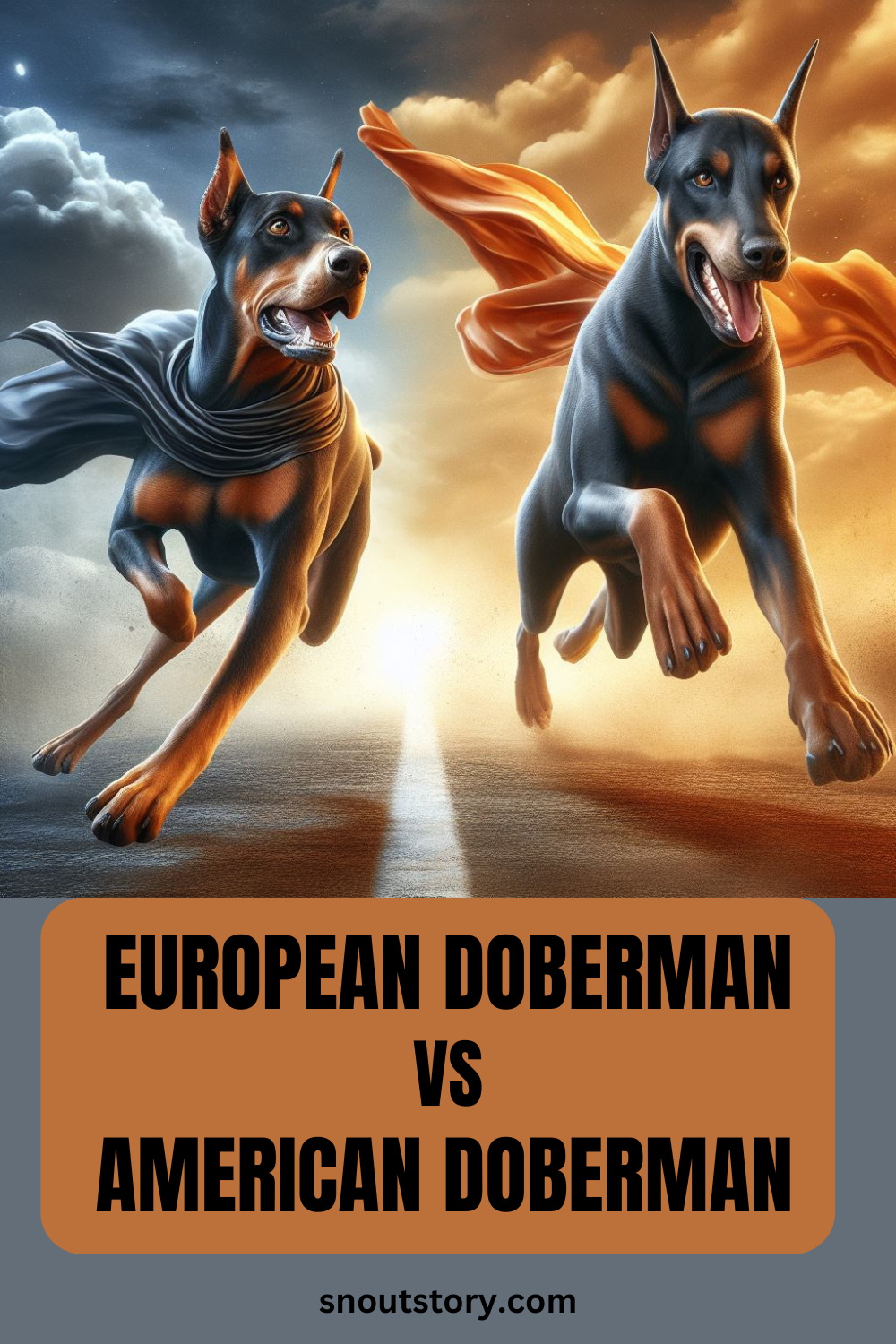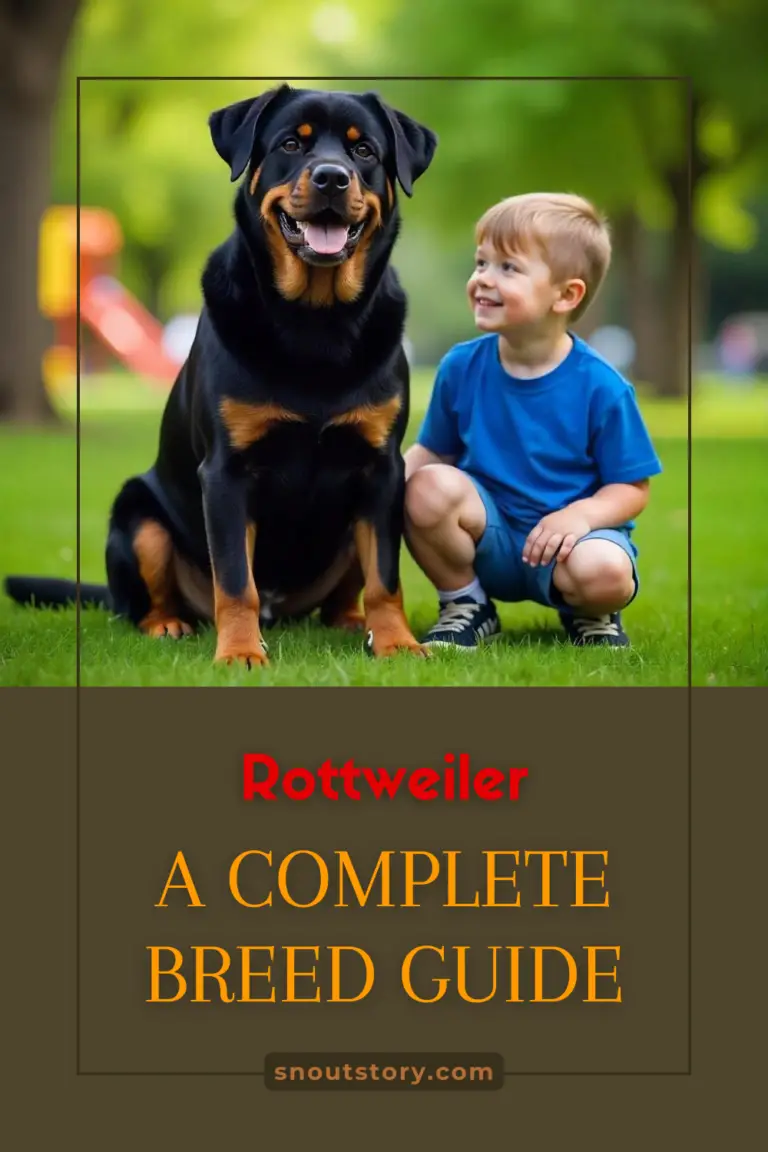In comparing European Dobermans to their American counterparts, it’s essential to understand the nuanced differences that can significantly impact your choice of a furry companion. European Dobermans are renowned for their robust build, characterized by a more substantial bone structure and a sleek, elegant appearance.
On the other hand, American Dobermans typically exhibit a leaner, more athletic physique, suited for agility and speed. Beyond physical attributes, temperament plays a crucial role in distinguishing between the two varieties. European Dobermans are often lauded for their loyalty, calm demeanor, and strong protective instincts, making them excellent family guardians.
Meanwhile, American Dobermans are prized for their high energy levels, intelligence, and eagerness to work, excelling in various dog sports and activities. Understanding these distinctions can help you make an informed decision that aligns with your lifestyle and preferences, ensuring a harmonious and fulfilling relationship with your chosen Doberman companion.
History and Origins of the European and American Doberman
The history and origins of the European and American Doberman breeds are fascinating journeys that offer insights into their distinctive characteristics and traits. The European Doberman traces its roots back to the late 19th century in Germany, where tax collector Karl Friedrich Louis Dobermann sought to create a versatile and loyal companion for protection. Through careful breeding and selection, the European Doberman emerged as a robust and dependable working dog, revered for its intelligence, courage, and unwavering loyalty.

Conversely, the American Doberman’s history is intertwined with its European counterpart, with breeders in the United States importing European bloodlines to develop a slightly larger and more refined version suited for show rings and competitive events. Despite their shared ancestry, subtle differences in breeding practices and selection criteria have resulted in distinct physical and temperament traits between the European and American varieties, enriching the diversity within the Doberman breed and captivating enthusiasts worldwide.
Physical Differences and Breed Standards in European and American Doberman
When exploring the physical differences and breed standards between European and American Dobermans, one immediately notices distinct characteristics that set them apart. European Dobermans are often recognized for their robust build, characterized by a more substantial bone structure and a powerful, muscular physique.
On the other hand, American Dobermans typically exhibit a leaner, more streamlined appearance, with an emphasis on sleekness and agility. These differences are reflected in the respective breed standards, where European Dobermans are judged for their overall strength and endurance, while American Dobermans prioritize elegance and gracefulness. It’s essential to consider these distinctions when selecting a Doberman companion, as each variety offers unique traits and qualities that appeal to different preferences and lifestyles. By understanding and appreciating the diverse physical attributes and breed standards, prospective owners can make informed decisions that align with their expectations and desires, ensuring a harmonious match with their furry friend.
| Breed | Gender | Average Height (inches) | Average Weight (lbs) |
| European Doberman | Male | 27 – 28 | 88 – 105 |
| European Doberman | Female | 25 – 27 | 71 – 93 |
| American Doberman | Male | 26 – 28 | 75 – 100 |
| American Doberman | Female | 24 – 26 | 60 – 90 |
Temperament and Personality Contrasts Between European and American Doberman
When comparing the temperament and personality of European and American Dobermans, it’s essential to recognize the subtle yet significant contrasts that shape their character. European Dobermans are often described as loyal, protective, and steadfast companions, known for their calm demeanor and strong bonds with their families.
With roots deeply embedded in their history as working dogs, European Dobermans exhibit a natural inclination towards guarding and protection, making them excellent watchdogs and guardians.
On the other hand, American Dobermans are renowned for their high energy levels, intelligence, and enthusiasm for activity and exploration. Bred with a focus on versatility and adaptability, American Dobermans thrive in various environments and excel in obedience training and agility competitions.
While both varieties share a deep devotion to their human companions, understanding these temperament differences can help prospective owners choose a Doberman companion that aligns with their lifestyle and preferences, fostering a fulfilling and harmonious relationship for years to come.
Training and Socialization Variances
Understanding the variances in training and socialization between European and American Dobermans is crucial for fostering a strong bond and ensuring a well-adjusted canine companion. European Dobermans often excel in structured training environments, responding positively to consistent, positive reinforcement methods that prioritize mutual respect and clear communication. Their steady temperament and strong bonds with their families make them receptive to building trust and understanding through patient and consistent training sessions.
American Dobermans on the other hand, known for their high energy levels and eagerness to please, benefit from diverse and engaging training activities that keep them mentally stimulated and focused. Incorporating interactive play and varied training exercises helps channel their energy and harness their intelligence, fostering a fulfilling partnership between owner and dog. Regardless of breed, early socialization lays the foundation for a confident and well-rounded companion, allowing them to navigate various social situations with ease and confidence. By recognizing and accommodating these variances in training and socialization approaches, owners can cultivate a strong and harmonious relationship with their Doberman companion, enriching both their lives in countless ways.
Health Considerations and Common Issues
Navigating health considerations and common issues is paramount for responsible pet ownership, especially when it comes to caring for European and American Dobermans. While both breeds are generally robust and healthy, they may be predisposed to certain health conditions that owners should be aware of.
European Dobermans, with their robust build, may be susceptible to issues such as hip dysplasia and dilated cardiomyopathy, emphasizing the importance of regular veterinary check-ups and preventive care.
Similarly, American Dobermans may face challenges like bloat and von Willebrand’s disease, necessitating proactive measures to maintain their well-being. By staying vigilant and attuned to any signs of discomfort or abnormal behavior, owners can ensure early detection and prompt intervention, safeguarding the health and happiness of their beloved Doberman companions for years to come.
Exercise and Activity Requirements

Understanding the exercise and activity requirements of European and American Dobermans is essential for providing them with a healthy and fulfilling lifestyle. European Dobermans, known for their sturdy build and working heritage, thrive on regular physical activity and mental stimulation.
Engaging them in activities such as brisk walks, jogging, or obedience training not only helps maintain their physical health but also fulfills their need for mental enrichment and bonding with their owners.
On the other hand, American Dobermans, with their high energy levels and agility, benefit from more dynamic and interactive exercises such as agility training, fetch, or hiking. Incorporating a variety of activities into their routine not only keeps them physically fit but also strengthens the bond between owner and dog. By understanding and meeting their exercise needs, owners can ensure that their Doberman companions lead happy, healthy, and balanced lives.
Grooming Needs and Coat
Addressing the grooming needs and coat care of European and American Dobermans is vital to keeping them looking and feeling their best. Both breeds have short, sleek coats that are relatively low-maintenance, requiring regular brushing to remove loose hair and distribute natural oils.
However, European Dobermans may have slightly thicker coats, particularly during colder months, necessitating more frequent brushing to prevent matting and keep their coat healthy. Additionally, occasional baths with a gentle dog shampoo help keep their coat clean and shiny. American Dobermans, with their finer coat texture, may require less frequent grooming but still benefit from regular brushing to minimize shedding and promote healthy skin. Ensuring proper grooming not only enhances their appearance but also serves as valuable bonding time between owner and dog, reinforcing the trust and companionship that are integral to the Doberman breed.
Feeding Guidelines and Nutrition Requirements
While both American and European Dobermans require a balanced diet rich in protein and essential nutrients, there are slight differences due to their physical characteristics. The European Doberman, known for its bulkier build and active working lifestyle, might have slightly higher caloric needs compared to the American Doberman.
However, it’s important to note that these are general guidelines and individual dietary needs can vary based on factors such as age, health status, and activity level. Always consult with a vet to tailor your Doberman’s diet to their specific needs. From personal experience, I’ve found that Dobermans, regardless of their lineage, tend to enjoy their meals more when they’re given in a calm, quiet environment. It seems to enhance their eating experience and allows them to focus on their food. Remember, a well-balanced diet contributes to a happy, healthy Doberman.
Suitability as Family Pets or Working Dogs
When deciding the right type of Dobermans as family pets or working dogs, the lineage plays a significant role. The American Doberman Pinscher, known for its sleek, elegant appearance, is often seen as an ideal family pet. They are intelligent, loving, and in tune with their owner’s emotions, making them a great addition to any household.
On the other hand, the European Doberman, with its slightly larger, more muscular build, is often preferred for working roles. Their high drive and assertive nature make them excellent police and guard dogs. However, regardless of their lineage, both types of Dobermans can make wonderful family companions with the right training and socialization.
From all my experience with dogs I’ve found that Dobermans, regardless of their lineage, are incredibly loyal and protective, making them not only great working dogs but also loving family pets.
Choosing the Right Doberman for Your Lifestyle
Choosing the right Doberman for your lifestyle involves understanding the unique characteristics of both European and American Dobermans. The American Doberman, known for its sleek, elegant appearance, is often seen as an ideal family pet. They are intelligent, loving, and in tune with their owner’s emotions, making them a great addition to any household.
Meanwhile, the European Doberman, with its slightly larger, more muscular build, is often preferred for working roles. Their high drive and assertive nature make them excellent police and guard dogs.
However, regardless of their lineage, both types of Dobermans can make wonderful family companions with the right training and socialization. It’s like choosing between two different models of a sports car – both have their unique strengths and it ultimately comes down to personal preference and lifestyle needs.
Recommended
7 Must Have Dog Hiking Gear For Outdoor Activities
11 Best Dog-Friendly Hiking Trails in Idaho
11 Indoor Plants That Can Kill Your Dog
9 Best Dog Breeds for Hiking: Top Trail Partners
6 Best Dog Foods in 2025 (Review and Buyers Guide)
Rottweiler: A Complete Breed Guide

Vedant Narvekar is an experienced digital marketing expert with a profound love for nature and animals. With a career rooted in leveraging online platforms to drive engagement and promote meaningful causes, Vedant’s passion for animals inspired him to start Snout Story—a blog dedicated to educating people about pet keeping and sharing proper knowledge about caring for animals. Drawing on his expertise in digital marketing, Vedant utilizes his platform to advocate for responsible pet ownership, providing valuable insights on pet care, training, nutrition, and more. Through Snout Story, Vedant aims to empower pet lovers with the information they need to provide the best possible care for their furry companions, while also fostering a deeper appreciation for the natural world and the creatures that inhabit it.







